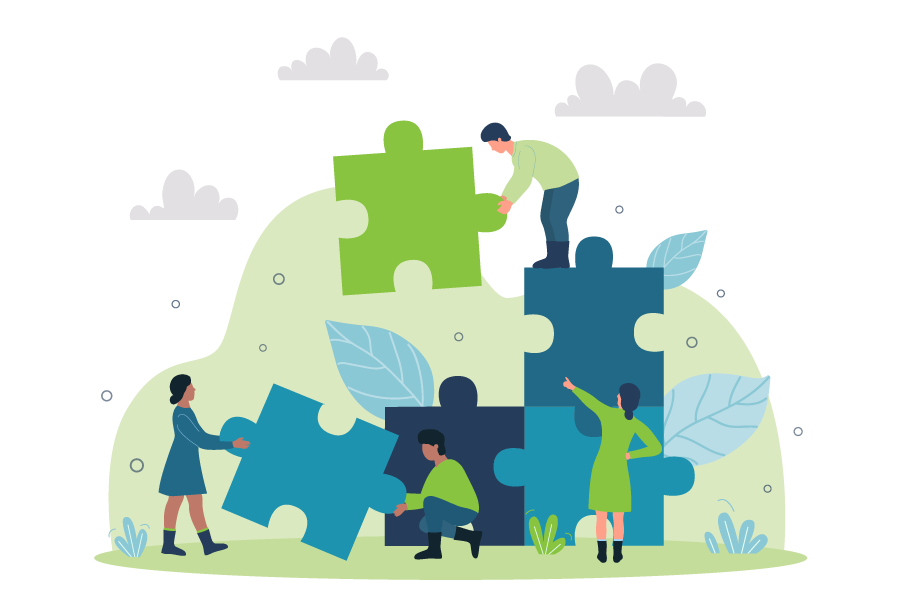When parenting becomes overwhelming, especially if your child’s behaviour escalates to aggression or abuse, feeling isolated and unsure is common. It can be incredibly hard to reach out, especially when your instinct is to protect and care for your child, no matter what. Freeva understands these challenges and is here to support you with guidance, compassion, and resources that help both you and your child navigate these difficult moments.

Understanding the Escalation Cycle
The escalation cycle refers to the predictable stages that can occur during an intense emotional episode. Recognising these stages can help you identify signs early and respond effectively, reducing the chance of reaching crisis levels. Here’s a simplified look at the cycle:
1. Calm
The child is relaxed, displaying typical behaviour, with no signs of distress.
2. Trigger
A situation or stressor—such as a disagreement, sensory overload, or disappointment—initiates strong emotions.
3. Agitation
Early signs of frustration or discomfort appear; the child may seem restless, anxious, or more reactive than usual.from their partner.
4. Acceleration
Emotions intensify, with visible signs like heightened frustration, raised voice, or aggressive body language.
5. Peak
Aggression reaches its highest level, potentially including verbal outbursts or physical aggression.
6. De-Escalation
Emotions begin to settle, though the child may still appear defensive, guarded, or tense.
7. Post-Crisis Depletion
The child starts to calm down but may be tired, withdrawn, or unresponsive, reflecting the energy spent during the peak.
8. Recovery
A return to calm; the child may feel regret, shame, or simply exhaustion, creating an opportunity to reconnect and reflect.
Each stage presents an opportunity for intervention. By recognising early signs of escalation, parents can often take preventive steps to avoid a full crisis. While not every situation can be prevented, creating a supportive, low-stress environment and establishing clear boundaries can help reduce the frequency and intensity of aggressive incidents over time.
Prevention: Building a Calmer Environment
Prevention is always the ideal approach, though not always easy. By working on ways to defuse triggers and encourage emotional regulation, you may be able to avoid reaching the crisis stage altogether. Here are some strategies for setting a foundation for calm:
Set up predictable routines
Many children respond well to routines, as they reduce uncertainty and can help children feel more secure.
Encourage healthy outlets for emotions
Physical activity, art, or writing can be great ways for your child to express and process complex emotions before they build up.
Model calmness
Showing calm responses during stressful situations can help your child learn to mirror this approach, even in difficult moments.
Top Tips for De-Escalation During Challenging Moments
When emotions run high, these techniques can help you stay grounded and offer a calming presence for your child. While it’s natural to feel frustrated or even fearful, having tools to help you manage these moments can make a difference
Pause & Breathe
When you feel your own emotions rising, take a moment to breathe deeply and ground yourself. This helps you remain present and steady, setting a tone that can influence your child to settle as well.
Use a Calm Tone and Simple Words
Respond with a soft, steady voice and choose your words carefully. Simple language can help your child absorb what you’re saying, and a gentle tone can be soothing even when words alone can’t solve the issue.
Validate Their Feelings Without Endorsing Behaviour
Acknowledge your child’s emotions to show that you understand without reinforcing negative behaviours. For example, saying, “I see you’re upset. That must feel hard,” can help them feel heard without validating aggressive actions.
Provide Choices to Empower Them
Giving simple choices helps your child feel a sense of control, which can reduce frustration. Choices like, “Would you like to take a break in your room or sit here with me?” can redirect them in a positive way.
Set Clear, Positive Boundaries
Firm but gentle boundaries help establish what behaviours are acceptable. Use positive language like, “I want us both to stay safe” to reinforce that you’re working together to avoid harm.
Offer a Time-Out for Both of You
If emotions are running high, it’s okay to suggest a cooling-off period. A few minutes apart can give you both space to calm down and return to the situation with clearer minds.
Reconnect with Warmth After the Incident
After emotions have cooled, reconnect with warmth and compassion. Reassure your child that you care for them, which helps them process feelings of guilt or shame and shows that love is steady, even during hard times.
We are here to help you.
If you are facing child-on-parent abuse and you’re not sure what to do, reach out for help.
Freeva: Here to Support You
If you’re navigating these difficult moments, remember you’re not alone. Freeva understands how complex and painful it can be to experience aggression from your child, and we’re here to offer support tailored to your needs. You don’t have to face these challenges in isolation or resort to informing the police if that doesn’t feel right for you.
We offer a variety of support options, from counselling and workshops to practical strategies for managing conflict at home.
If you’re ready to talk or just want to explore your options, reach out to Freeva today. We’re here to support you, one step at a time.






